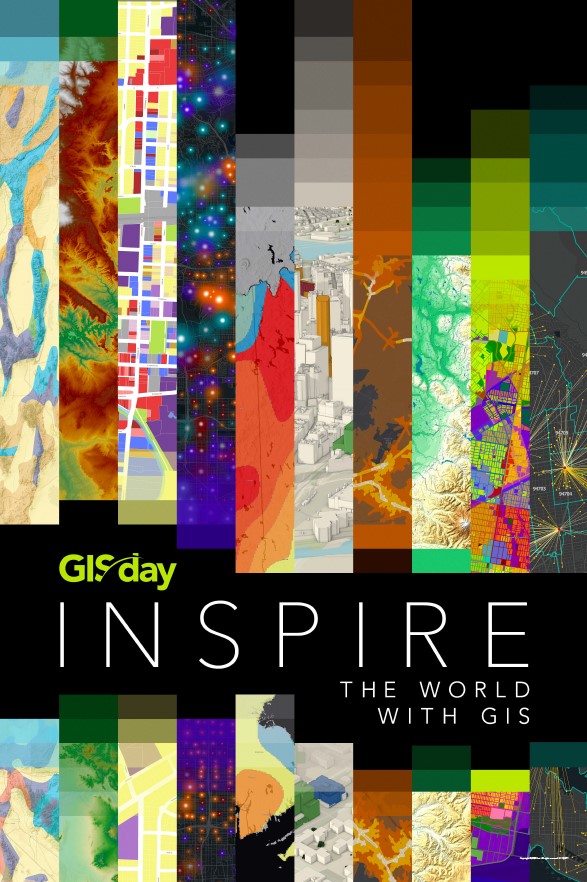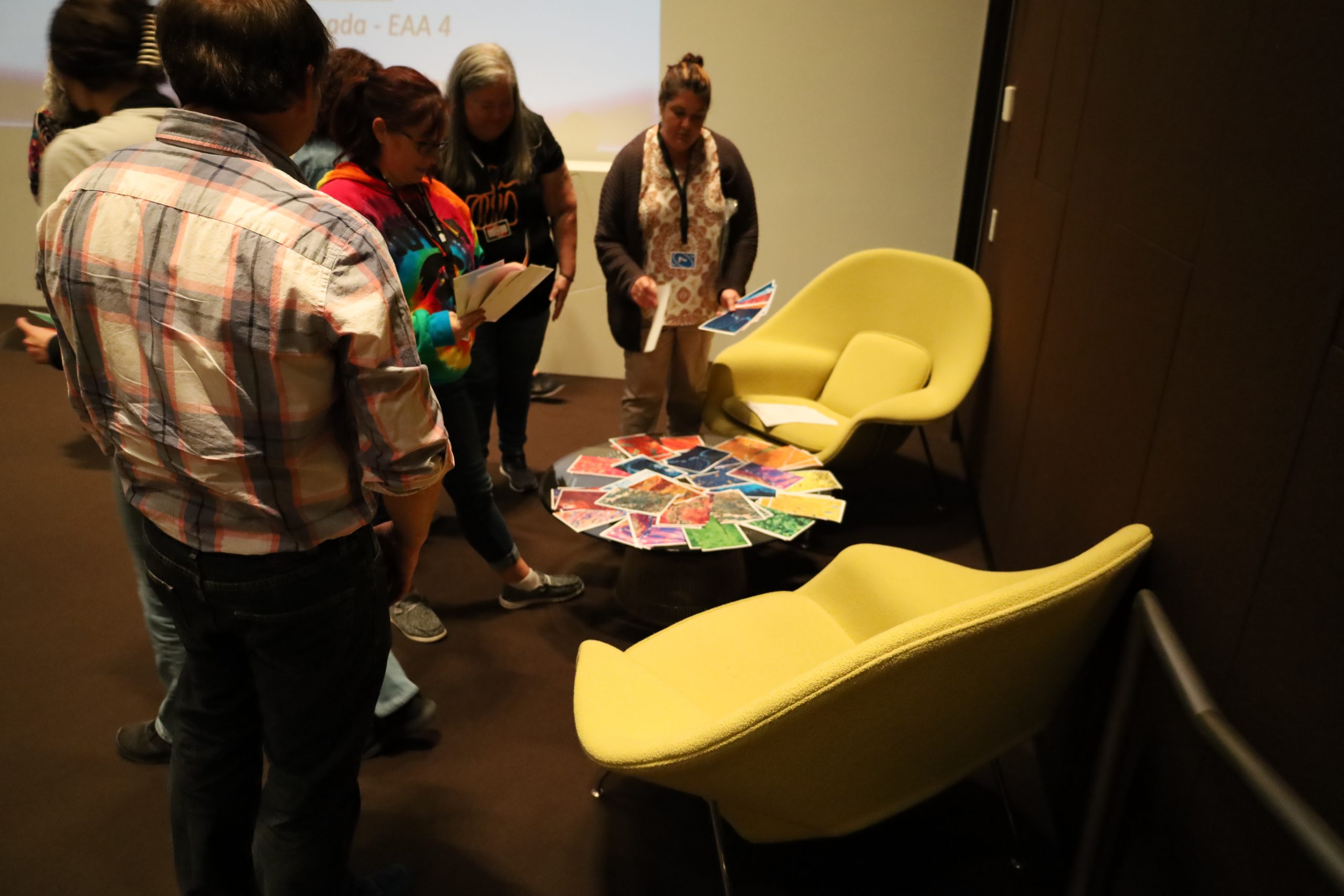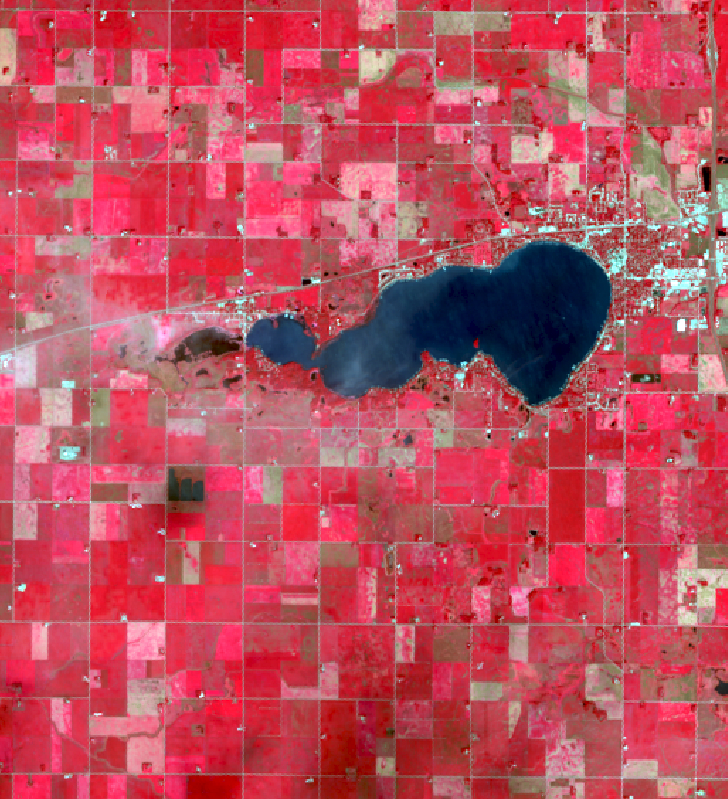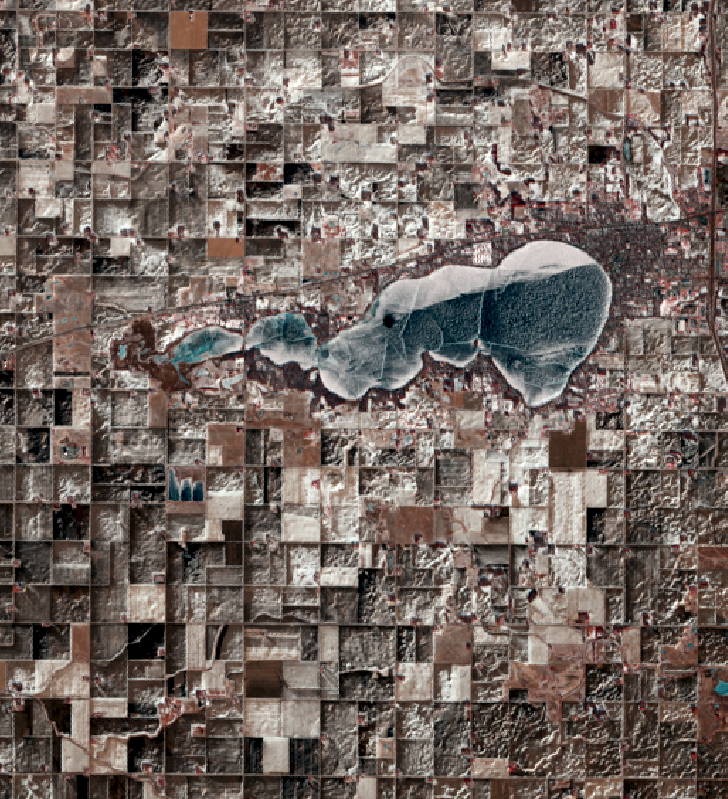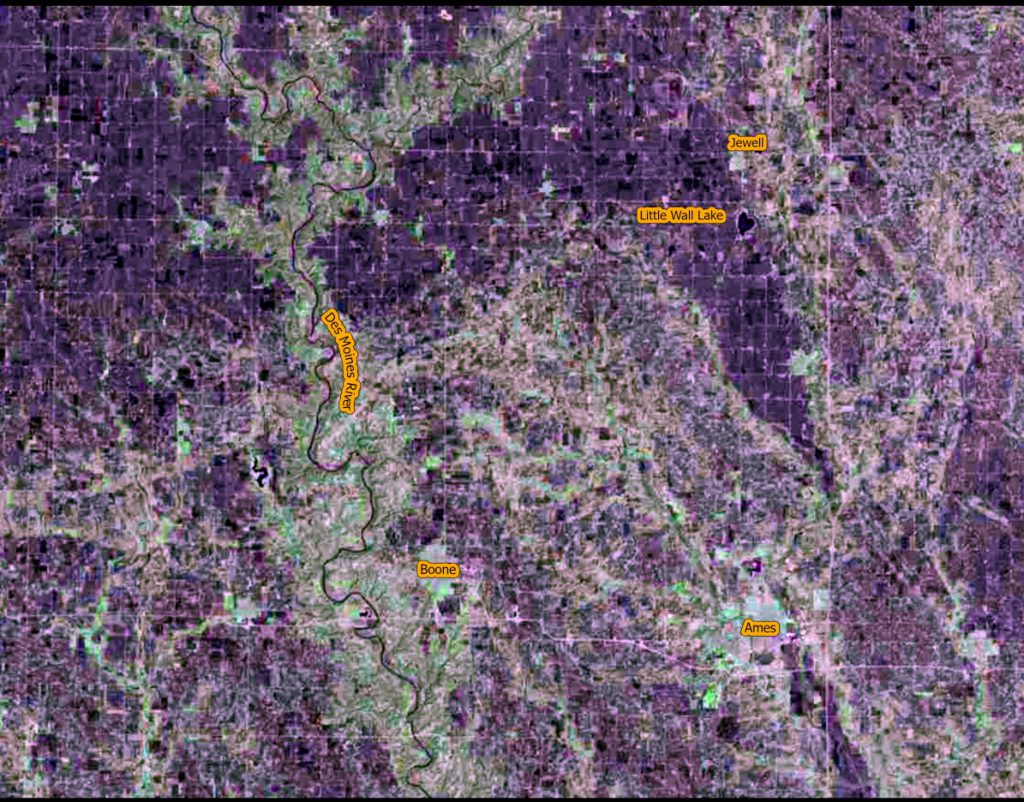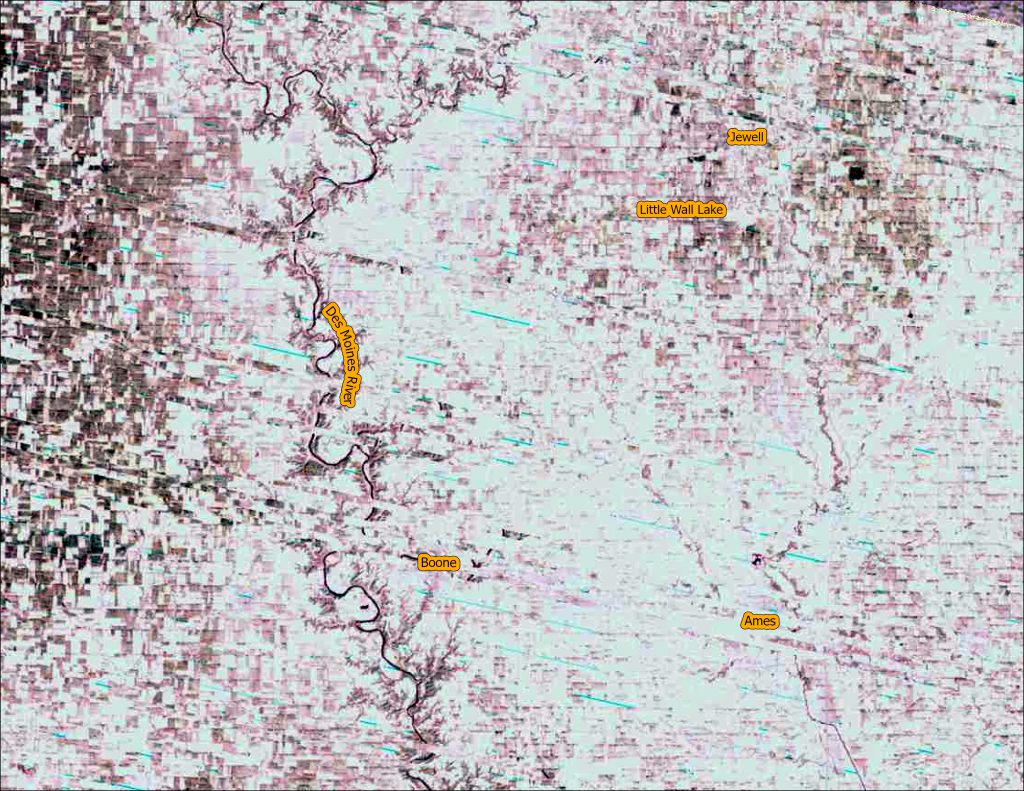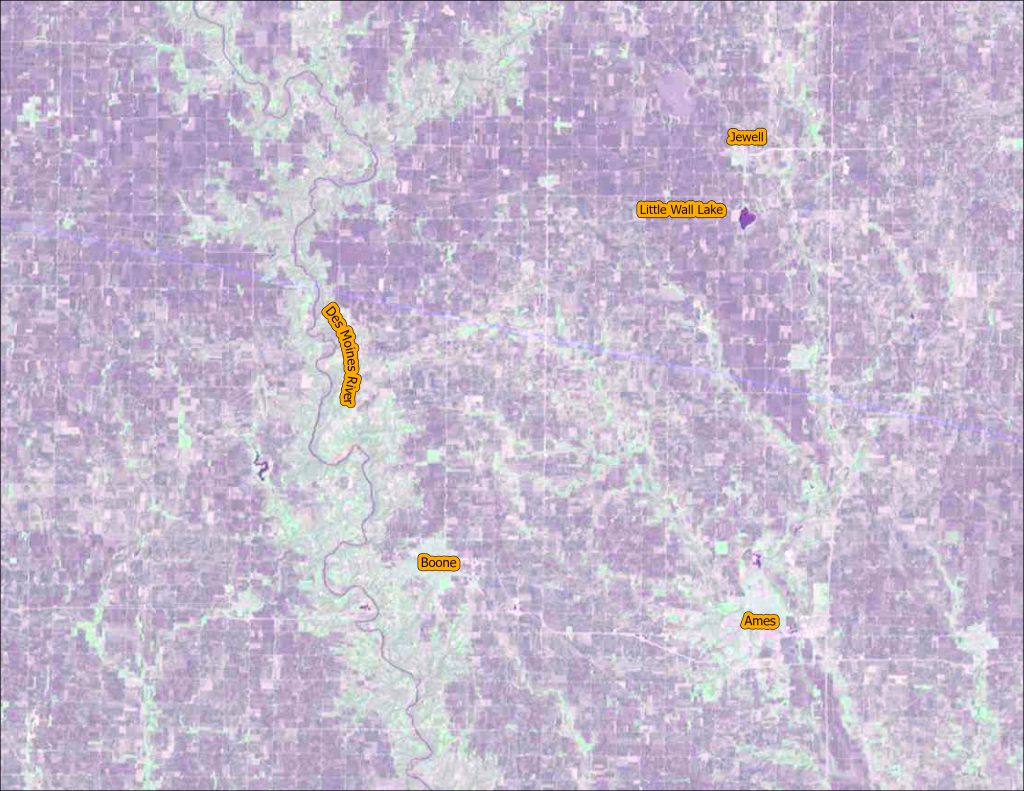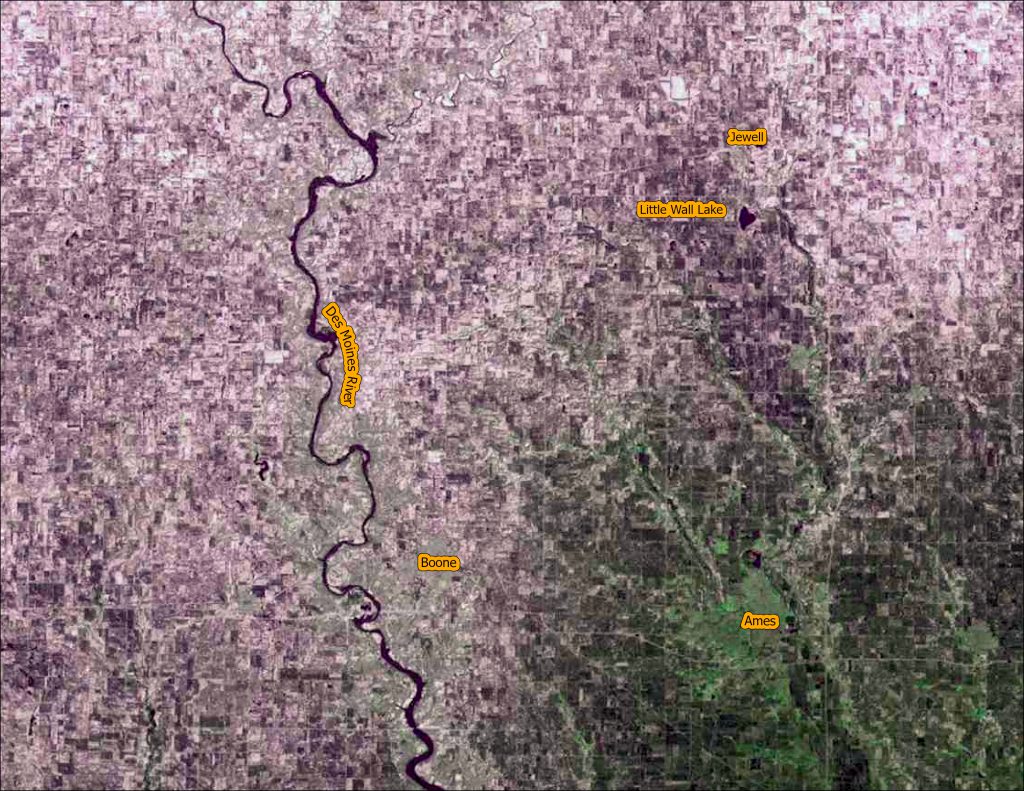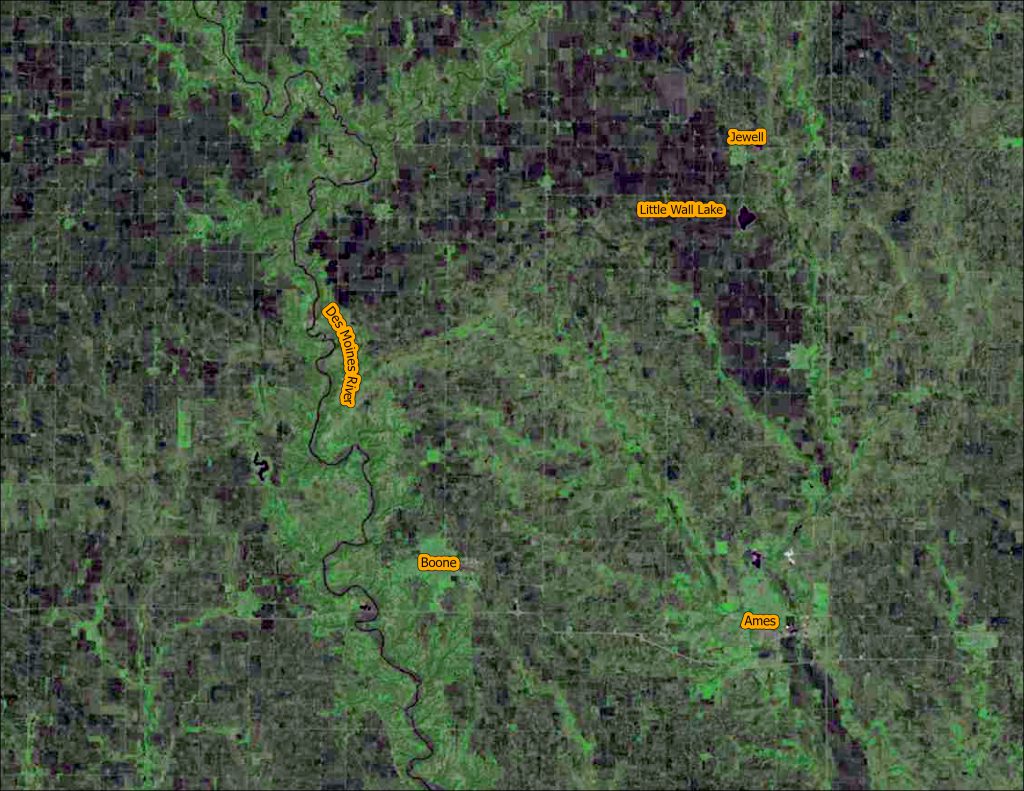Geography Awareness Week Events You Won’t Want to Miss!
Please consider joining our in-person event in the College of Design in Ames, Iowa. Here are a few virtual events taking place during Geography Awareness Week:
Monday, November 14, 2022 – 10 am (Central) – People, Plants, and You! presented by Maria Fadiman – Join National Geographic Explorer Maria Fadiman to learn how people connect with plants around the globe–and the importance of geography! https://www.nationalgeographic.org/tickets/explorer-classroom/event/PeoplePlantsAndYou/
Wednesday, November 16, 2022 – 10 am to 4pm – 2022 GeoTech Center Virtual GIS Day
Speakers will present on a number of GIS related topics throughout the day – View Agenda https://storymaps.arcgis.com/stories/23b6ae31a4e8443290a6efbd868b4c20
Wednesday, November 16, 2022 – 1 pm (Central) – Live GIS Day Facebook Live Event with Joseph Kerski
Join geographer, educator, and GIS professional Joseph Kerski to (1) Celebrate the users of GIS, (2) Explore why maps and geotechnologies are relevant to 21st Century problem-solving, and (3) Discover how you can make your own maps and pursue your own learning! https://fb.me/e/3PtnqfMUz
Thursday, November 17, 2022 – 1 pm (Central) – The Art and Science of Sustainability presented by E Wen Wong – Learn how National Geographic Explorer E Wen Wong’s organization relies on both art and science to illustrate how we are impacting the environment and to inspire positive environmental change.
https://www.nationalgeographic.org/tickets/explorer-classroom/event/ArtandScienceofSustainability2/









